
漢德百科全書 | 汉德百科全书
 Shaanxi Sheng-SN
Shaanxi Sheng-SN

 *Chinese culture of alcoholic beverages
*Chinese culture of alcoholic beverages
 Akoholgefäß
Akoholgefäß
 *Chinesisches Ritual
*Chinesisches Ritual
 Baoji Bronze Museum
Baoji Bronze Museum

 Art
Art
 *Chinese bronze art
*Chinese bronze art
 Shaanxi Sheng-SN
Shaanxi Sheng-SN
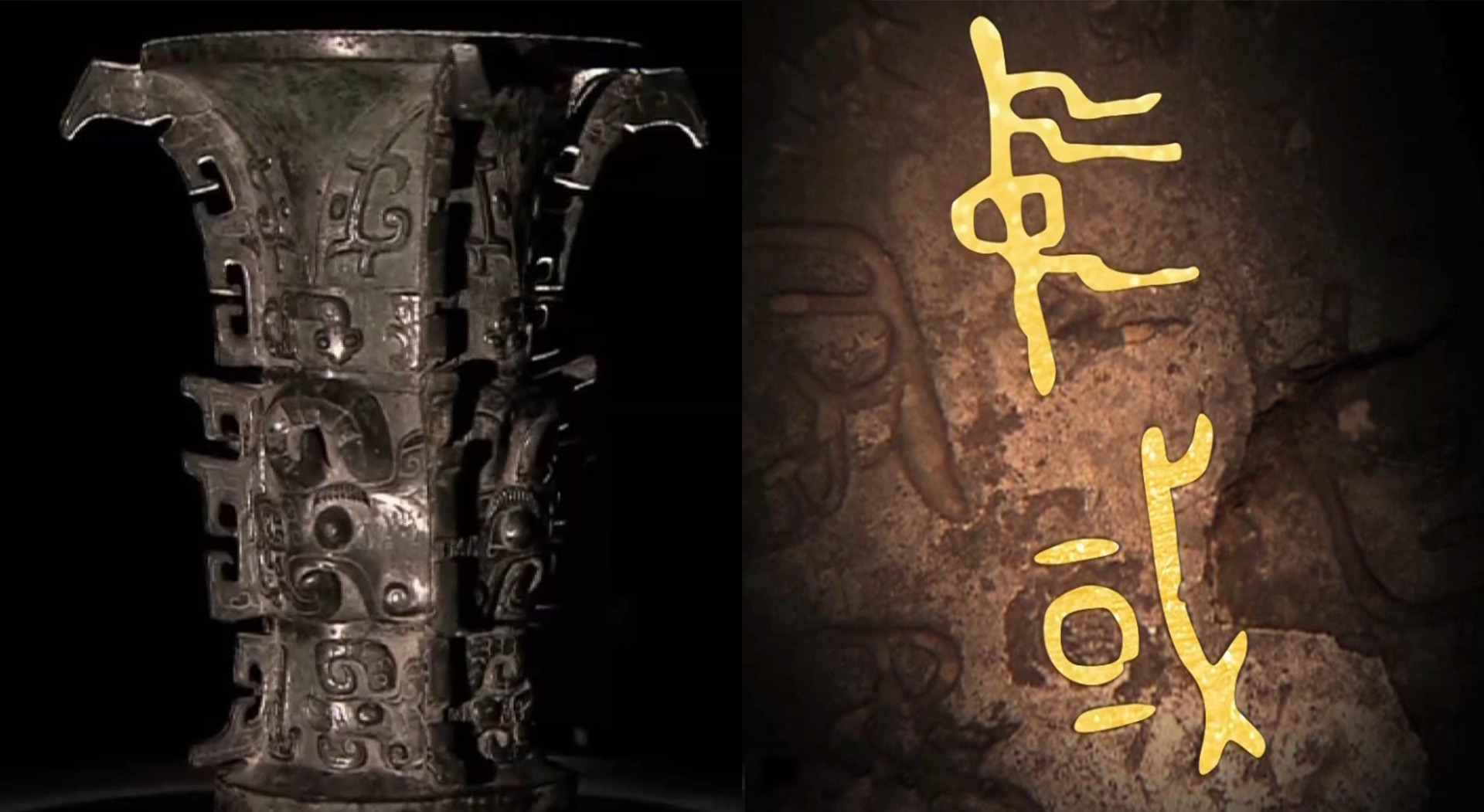
 Anhui Sheng-AH
Anhui Sheng-AH
 Fermentierter Tee
Fermentierter Tee
 Guangxi Zhuangzu Zizhiqu-GX
Guangxi Zhuangzu Zizhiqu-GX
 Hubei Sheng-HB
Hubei Sheng-HB
 Hunan Sheng-HN
Hunan Sheng-HN
 Shaanxi Sheng-SN
Shaanxi Sheng-SN
 Sichuan Sheng-SC
Sichuan Sheng-SC
 Yunnan Sheng-YN
Yunnan Sheng-YN
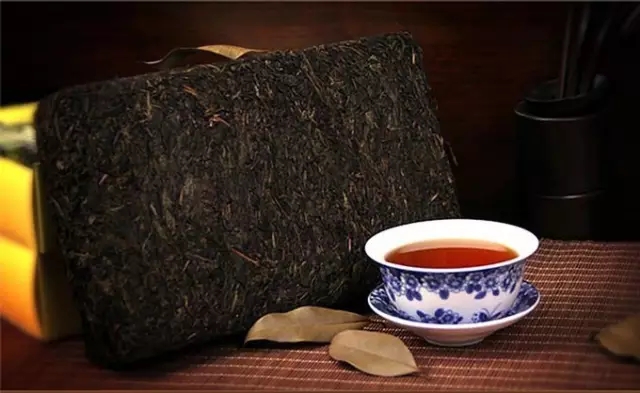
黒茶の茶葉色は褐色から黒色で、水色は紅茶や烏龍茶に似た濃いオレンジや濃い赤色が多い[1]。中には緑茶に近い水色の方包茶や、抽出するとコロナ状のリングが現れる花巻茶などもある。黒茶の香りは「陳香(ツンシャン)」(熟成した香り)と呼ばれ、その独特な香気は堆積工程で作り出される[1]。茯磚茶の製造には圧製後に「菌花香」と呼ばれる香気を発するカビを加える「発花」と呼ばれる工程がある。
黒茶の味の特徴として、発酵の過程で生じる微生物の代謝によって苦味成分のポリフェノール、旨味成分のアミノ酸が減少し、可溶性糖類が増加することから、他の茶に比べて渋みの少ないまろやかな味となっている[1]。
一般に茶は、若芽が多く新鮮なほど評価が高く、時間の経過とともにその価値が落ちると考えられるが、発酵茶である黒茶は他の茶と異なり成熟したチャノキの葉を使い、枝ごと切り取って製造するものもある[1]。また、熟成が進むとともに苦味や渋味が消え風味が豊かになることから、製造から時間が経ったものほど価値が高い[2]。
Fermented tea (also known as post-fermented tea or dark tea) is a class of tea that has undergone microbial fermentation, from several months to many years. The exposure of the tea leaves to humidity and oxygen during the process also causes endo-oxidation (derived from the tea-leaf enzymes themselves) and exo-oxidation (which is microbially catalysed). The tea leaves and the liquor made from them become darker with oxidation. Thus, the various kinds of fermented teas produced across China are also referred to as dark tea, not be confused with black tea. The most famous fermented tea is kombucha which is often homebrewed, pu-erh, produced in Yunnan Province,[1][2] and the Anhua dark tea produced in Anhua County of Hunan Province.
The fermentation of tea leaves alters their chemistry, affecting the organoleptic qualities of the tea made from them. Fermentation affects the smell of the tea and typically mellows its taste, reducing astringency and bitterness while improving mouthfeel and aftertaste. The microbes may also produce metabolites with health benefits.[1][3]
The fermentation is carried out primarily by molds. Aspergillus niger was implicated as the main microbial organism in the Pu-erh process,[1][4][5] but that species identification has been challenged by comprehensive PCR-DGGE analysis, which points to Aspergillus luchuensis as the primary agent of fermentation.[6][7][8][9]
Most fermented teas are made in China, but several varieties are produced in Japan.[10] In Shan State, Myanmar, lahpet is a form of fermented tea that is eaten as a vegetable, and similar pickled teas are also eaten in northern Thailand and southern Yunnan.[11]
Un thé post-fermenté, parfois dit thé sombre ou thé noir-noir, a subi une période de vieillissement à l'air libre allant de quelques mois à plusieurs années.
Le thé a généralement subi une première oxydation comme le thé noir ou l'Oolong. Puis sous l'influence de moisissures, de levures et de bactéries, il subit une fermentation, en milieu chaud et humide. Il peut alors être vieilli plusieurs années, ce qui changera radicalement son goût, passant de l'astringence et de l'amertume à des saveurs plus onctueuses et terreuses.
Les Chinois appellent littéralement « thé noir » un thé post-fermenté, tandis qu'ils dénomment « thé rouge » ce qu'un Occidental appelle thé noir1,2,3.
Il tè postfermentato è un tipo di tè prodotto con le foglie di Camellia sinensis stabilizzate tramite torrefazione ed eventualmente essiccate, successivamente sottoposte a un processo di fermentazione-ossidazione tramite stagionatura naturale o in particolari condizioni di temperatura e umidità.[1]
Il processo di postfermentazione (in cinese 后发酵 hòu fājiào) si differenzia da quello di ossidazione enzimatica (impropriamente chiamata "fermentazione", in cinese 发酵 fājiào) cui si sottopongono le foglie di tè appena raccolte per la produzione del tè nero e che, nel caso del tè oolong, precede la fase di torrefazione.
In Cina e nei paesi dell'Asia Orientale i tè postfermentati vengono chiamati "tè neri", (cinese 黑茶 hēichá) per il colore delle foglie e dell'infuso. Non si devono confondere con la tipologia dei tè neri conosciuti in Occidente, a loro volta chiamati "tè rossi" in Cina e in Asia Orientale.
Il tè sottoposto a questo processo di lavorazione tipicamente presenta un infuso di colore rosso-marrone scuro, di sapore morbido, con note balsamiche e sentori di legno e terra bagnata.
Постферментированный чай — чай, который прошёл процесс микробной ферментации от нескольких месяцев до многих лет, обычно во влажной среде и при доступе кислорода. Самый известный постферментированный чай пуэр производится в провинции Юньнань, лучшие сорта его — в селении Булан Шань уезда Минхай.
Ферментация влияет на органолептические свойства чая, она меняет запах, как правило, смягчает вкус, уменьшая терпкость и горечь. Микроорганизмы могут также производить метаболиты, полезные для здоровья.




Der Hukou-Wasserfall (壶口瀑布, Hukou Pubu) liegt im Mittellauf des Gelben Flusses (Huang He) zwischen dem Kreis Jixian in der Provinz Shanxi und dem Kreis Yichuan in der Provinz Shaanxi.
Seine Breite variiert mit dem Wechsel der Jahreszeiten zwischen 30 und über 50 Metern. Die Fallhöhe erreicht mehr als 30 Meter, die Durchflussmenge erreicht in der Tauzeit Anfang April über 1.000 Kubikmeter pro Sekunde, bei der Flut im Sommer 8.000 Kubikmeter pro Sekunde.[1]
Der Wasserfall ist namensgebend für den Huanghe Hukou-Wasserfall-Nationalpark 黄河壶口瀑布风景名胜区 und den Nationalen chinesischen Geopark Hukou-Wasserfall des Gelben Flusses 黄河壶口瀑布国家地质公园.




Das Huashan-Gebirge (auch Taihua-Gebirge genannt), eines der fünf heiligen Gebirge in China, liegt im Süden des Kreises Huayin, 120 km östlich von Xi'an und hat eine Höhe von 2.100 m über dem Meeresspiegel. Vom Hauptgipfel des Gebirges aus kann man im Norden den Huanghe (Gelber Fluß ) und dessen Nebenfluß Weihe sehen, im Süden geht das Gebirge in das Qinling-Gebirge über. In China gibt es den Spruch: "Der Huashan hat seit alten Zeiten nur einen Weg zum Gipfel". Der einzige 15 km lange unwegsame Pfad führt den südlichen Berghang entlang zum Hauptgipfel des Gebirges.(Quelle: www.chinarundreisen.com)
Der Huà Shān (chinesisch 華山 / 华山) ist einer der fünf heiligen Berge in der Provinz Shaanxi in der Nähe der Kreisstadt Huayin der Volksrepublik China.
Das Gebirgsmassiv ist wegen seiner steilen, malerischen Felswände und seiner gefährlichen Steige auf die Gipfel berühmt. Mehrere Gipfel bis 2155 m sind durch Bergpfade miteinander verbunden. Entlang der Pfade befinden sich Klöster, Pagoden, Tempel, Brücken und Tore.
Im alten chinesischen Weltbild, das das Reich der Mitte als Quadrat betrachtete, verkörpert das Hua-Shan-Gebirgsmassiv den westlichen Eckberg.Der Dongdao-Tempel, einer der 21 wichtigsten daoistischen Tempel.
'华山(亦称太华山,“华”字古亦作“崋”),五岳之一,又称西岳' 。位于中国陕西省华阴市城南,西距西安市区120公里,秦、晋、豫黄河三角洲交汇处,南接秦岭,北瞰黄河,扼西北进出中原之门户。华山山体倚天拔地,四面如削,更有千尺幢、百尺峡、苍龙岭、鹞子翻身、长空栈道等十分险峻之地,被誉为“奇险天下第一山”。华山共有五峰,即东峰朝阳,西峰莲花,中峰玉女,南峰落雁,北峰云台。南峰落雁,为太华极顶,海拔2154.9米;西峰最险,海拔2082米;北峰最低,海拔1614.7米。另外,南峰落雁、东峰朝阳,西峰莲花,合称“天外三峰”。
华山同时也是道教名山,是三十六洞天中的第四洞天。华山自古以来就是负有盛名的胜地,传说萧史在此吹箫引来秦穆公女弄玉倾慕,隋唐孙思邈常入华山采药,北宋即有睡仙陈抟隐居于此。 1982年,华山以“陕西华山风景名胜区”的名义,被中华人民共和国国务院批准列入第一批国家重点风景名胜区名单,其游览面积约150平方公里。
华山又名西岳,与东岳泰山并称。据说是因周平王迁都洛阳,华山位于东周京城洛邑之西,故称“西岳”,以后秦王朝建都咸阳,西汉王朝建都长安,都在华山之西,所以华山不再称西岳。后来汉光武帝刘秀在洛阳建立东汉政权,华山又恢复了“西岳”之称,并一直沿用至今。 “西”是指地处中原的西边,而“岳”是中国五大名山的总称。华山是五岳中最年轻的山脉,据地质部门1984年观测,目前它还在继续增高。
北魏地理学家郦道元在《水经注》中,对华山有“其高五千仞,削成而四方,远而望之,又若花状”的描绘。古代“花”与“华”相通,可见华山之名实际上得自于形状。关于华山得名,还有另一种说法:因华山顶上生长着白莲花,故而得名。韩愈的《古意》诗中所写的“太华峰顶玉井莲,花开十丈藕如船”,就是根据此传说。民间对其险峻有诸多描绘,最著名的谚语为“自古华山一条路”。
華山(かざん、古は崋山とも、中国語: 華山/华山、拼音: ホワシャン)は、中国陝西省華陰市にある山。中国五名山の一つとして、西岳とも呼ばれる。
中国において、花崗岩が露出した険しい山肌が続く景勝地として知られ、国家級風景名勝区(第1期)に指定されている[1]。道教や仏教などの修行地として利用され、歴史的な建造物が点在する。
華山は最高峰である南峰(2,154m)の他に、北峰(1,614m)、中峰(2,037m)、東峰(2,096m)、西峰(2,082m)の5つから構成されている。
山頂周辺へのアクセス手段には、北峰側の三特索道と、西峰側の太華索道がある。このうち太華索道は、2013年に開業した全長4,211mの世界最長クラスのロープウェーである[2]。
花崗岩の岩場を削って、無数の石段が作られており、一部には断崖絶壁の上に作られた20cmほどしかない足場や桟道を通って行かねばならない場所があり、宗教聖地として、格段の険しい山として知られる。
Mount Hua (simplified Chinese: 华山; traditional Chinese: 華山; pinyin: Huà Shān[1]) is a mountain located near the city of Huayin in Shaanxi province, about 120 kilometres (75 mi) east of Xi'an. It is the western mountain of the Five Great Mountains of China, and has a long history of religious significance. Originally classified as having three peaks, in modern times the mountain is classified as five main peaks, of which the highest is the South Peak at 2,154.9 metres (7,070 ft).
Mount Hua is situated in Huayin City, which is 120 kilometres (about 75 miles) from Xi'an. It is located near the southeast corner of the Ordos Loop section of the Yellow River basin, south of the Wei River valley, at the eastern end of the Qin Mountains, in southern Shaanxi province. It is part of the Qinling or Qin Mountains, which divide not only northern and southern Shaanxi, but also China.
Traditionally, only the giant plateau with its summits to the south of the peak Wuyun Feng (五雲峰, Five Cloud Summit) was called Taihua Shan (太華山, Great Flower Mountain). It could only be accessed through the ridge known as Canglong Ling (蒼龍嶺, Dark Dragon Ridge) until a second trail was built in the 1980s to go around Canglong Ling. Three peaks were identified with respective summits: the East, South, and West peaks.
The East peak consists of four summits. The highest summit is Zhaoyang Feng (朝陽峰, Facing Yang Summit, i.e. the summit facing the sun). Its elevation is reported to be 2,096 m (6,877 ft) and its name is often used as the name for the whole East Peak. To the east of Zhaoyang Feng is Shilou Feng (石樓峰, Stone Tower Summit), to the south is Botai Feng (博臺峰, Broad Terrace Summit) and to the west is Yunű Feng (玉女峰}, Jade Maiden Summit). Today, Yunű Feng considered its own peak, most central on the mountain.
The South peak consists of three summits. The highest summit is Luoyan Feng (落雁峰, Landing Goose Summit), with an elevation of 2,154 m (7,067 ft). To the east is Songgui Feng (松檜峰, Pines and Junipers Summit), and to the west is Xiaozi Feng (孝子峰, Filial Son Summit).
The West peak has only one summit and it is known as Lianhua Feng (蓮花峰) or Furong Feng (芙蓉峰), both meaning Lotus Flower Summit. The elevation is 2,082 m (6,831 ft).
With the development of new trail to Hua Shan in the 3rd through 5th century along the Hua Shan Gorge, the peak immediately to the north of Canglong Ling, Yuntai Feng (雲臺峰, Cloud Terrace Peak), was identified as the North peak. It is the lowest of the five peaks with an elevation of 1,614.9 m (5,298 ft).
Le mont Hua (sinogrammes simplifiés : 华山 ; sinogrammes traditionnels : 華山 ; pinyin : huà shān) est situé dans la province du Shaanxi, à une centaine de km à l'est de la capitale Xi'an. C'est l'une des cinq montagnes sacrées de Chine aussi connue sous le nom de montagne de l'Ouest (sinogrammes simplifiés : 西岳; sinogrammes traditionnels : 西嶽; pinyin : xī yuè). Le mont Hua est également appelé 太华山 (pinyin : tài huà shān) ou 华通花 (pinyin : huà tōng huā). Le plus haut sommet du mont Hua est le pic Luoyan (sinogrammes : 落雁峰 ; pinyin : luò yàn fēng) également connu sous le nom de pic du Sud (sinogrammes : 南峰 ; pinyin : nán fēng) qui culmine à 2 154,9 m.
Il monte Hua o Hua shan è una montagna situata vicino alla città di Huayin, nella provincia di Shaanxi a circa 120 chilometri ad est di Xi'an. Si tratta di una delle cinque grandi Montagne sacre cinesi, ed è da secoli meta di pellegrinaggi. In passato si riteneva avesse tre picchi, ma oggi se ne riconoscono cinque principali, dei quali il più elevato è il picco sud, con 2.154,9 metri di altitudine. La montagna è situata vicino l'angolo a sudest dell'altopiano del Loess nel bacino del fiume giallo, a sud della valle del fiume Wei, nella parte orientale dei monti di Qin, nella provincia Shaanxi meridionale.
El monte Hua (chino tradicional: 華山, chino simplificado: 华山, literalmente «Monte del Esplendor»), conocido también como Huá Shan, se halla en la provincia de Shănxī, 120 km al este de la ciudad de Xi'ian y cerca de Huayin, en China. Originalmente, estaba formado por tres picos, pero actualmente, este lugar sagrado tiene cinco picos, de los cuales el más alto es el pico Sur, de 2160 m. Es una de las cinco montañas sagradas del taoísmo.
El 29 de noviembre de 2001 el «Área Escénica Hua Shan» fue inscrita en la Lista Indicativa de China del Patrimonio de la Humanidad, en la categoría de bien mixto (nº. ref 1626).1 Son 204 km² (148 km² área escénica protegida y 56 km² de zona periférica de protección) en la que hay 323 sitios escénicos naturales principales, 1500 reliquias culturales (conjuntos y piezas), más de 300 piezas de tablas de piedra y unas 570 inscripciones rupestres.1
Хуашань (кит. трад. 華山, упр. 华山, пиньинь: Huàshān) — одна из пяти Священных Гор даосизма в Китае, находится в хребте Циньлин на территории провинции Шэньси, недалеко от уездного города Хуаинь (станция на железной дороге Сиань — Лоян).
Гора знаменита изысканными живописными скалами и сложным опасным подъёмом на вершину. Горная тропинка соединяет много вершин до самой высокой 2130 м, это уникальный горный маршрут. По дороге находятся многочисленные даосские монастыри, пагоды, храмы, ворота и мостики.
На старой китайской карте мира, где страна представлялась в форме квадрата, гора Хуашань занимала место в западном углу.
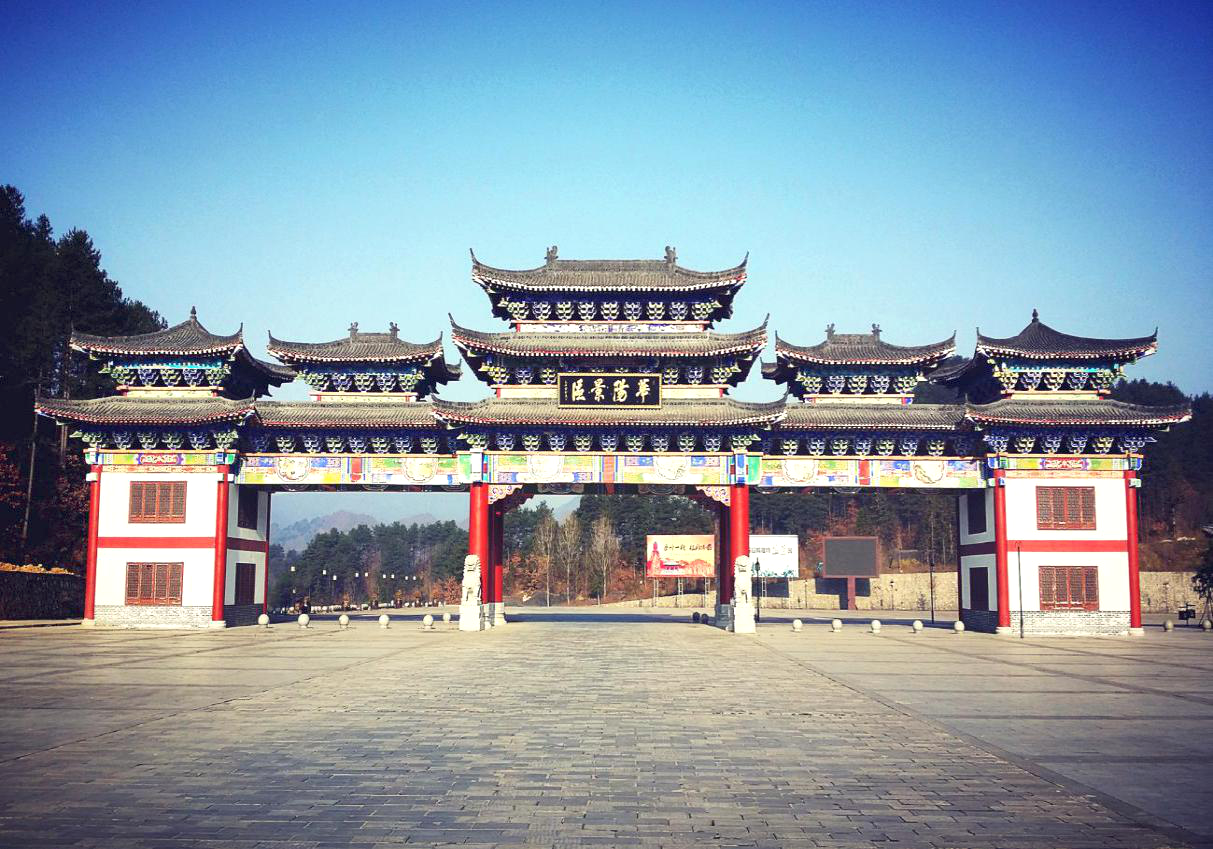
 Guizhou Sheng-GZ
Guizhou Sheng-GZ
 Hubei Sheng-HB
Hubei Sheng-HB
 Hunan Sheng-HN
Hunan Sheng-HN
 Shaanxi Sheng-SN
Shaanxi Sheng-SN
 Shandong Sheng-SD
Shandong Sheng-SD
 Sichuan Sheng-SC
Sichuan Sheng-SC
 Tianjin Shi-TJ
Tianjin Shi-TJ
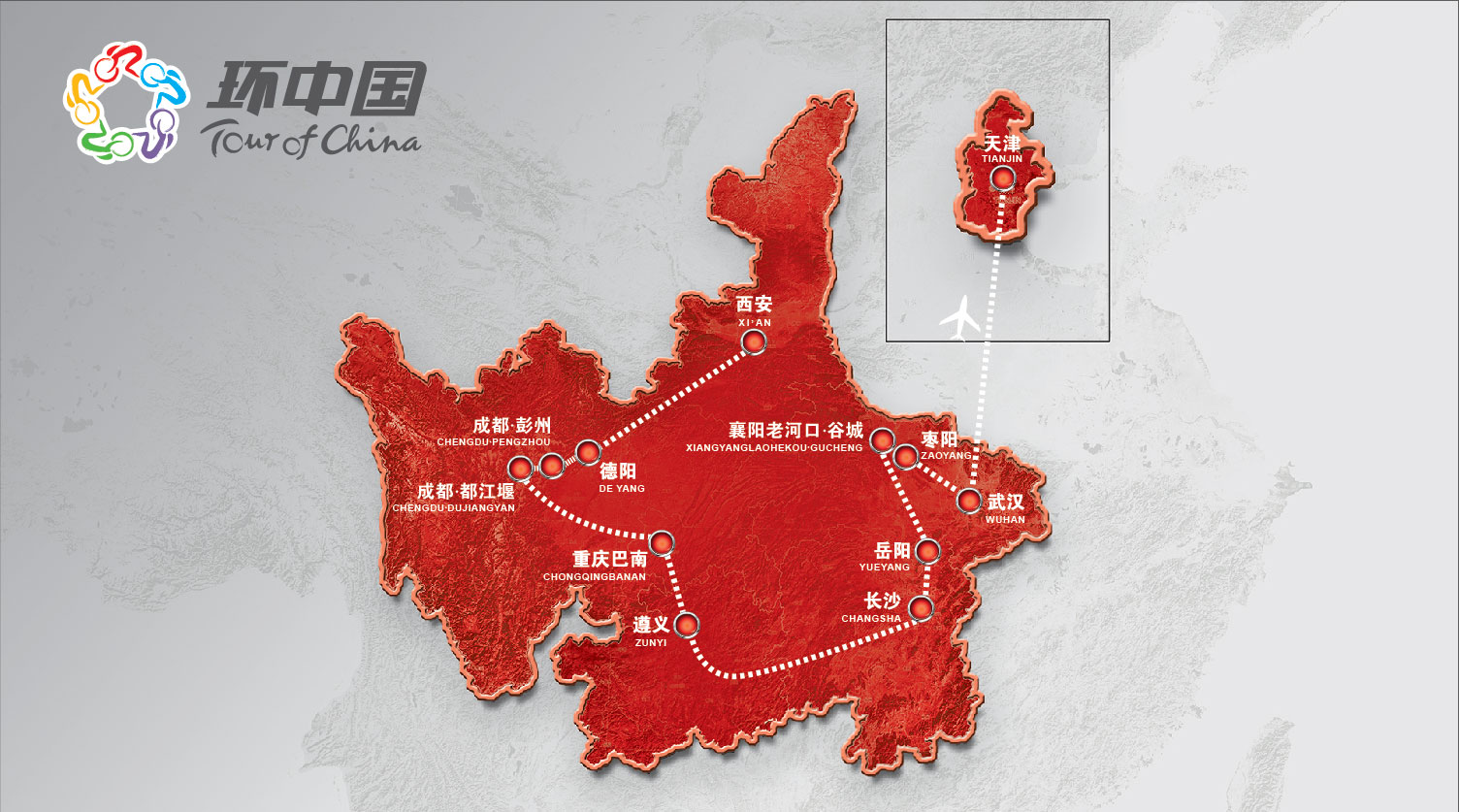
 *Yellow river
*Yellow river
 China
China
 Gansu Sheng-GS
Gansu Sheng-GS
 Henan Sheng-HA
Henan Sheng-HA
 Nei Mongol Zizhiqu-NM
Nei Mongol Zizhiqu-NM
 Ningxia Huizu Zizhiqu-NX
Ningxia Huizu Zizhiqu-NX
 Qinghai Sheng-QH
Qinghai Sheng-QH

 Review
Review
 Shaanxi Sheng-SN
Shaanxi Sheng-SN
 Shanxi Sheng-SX
Shanxi Sheng-SX
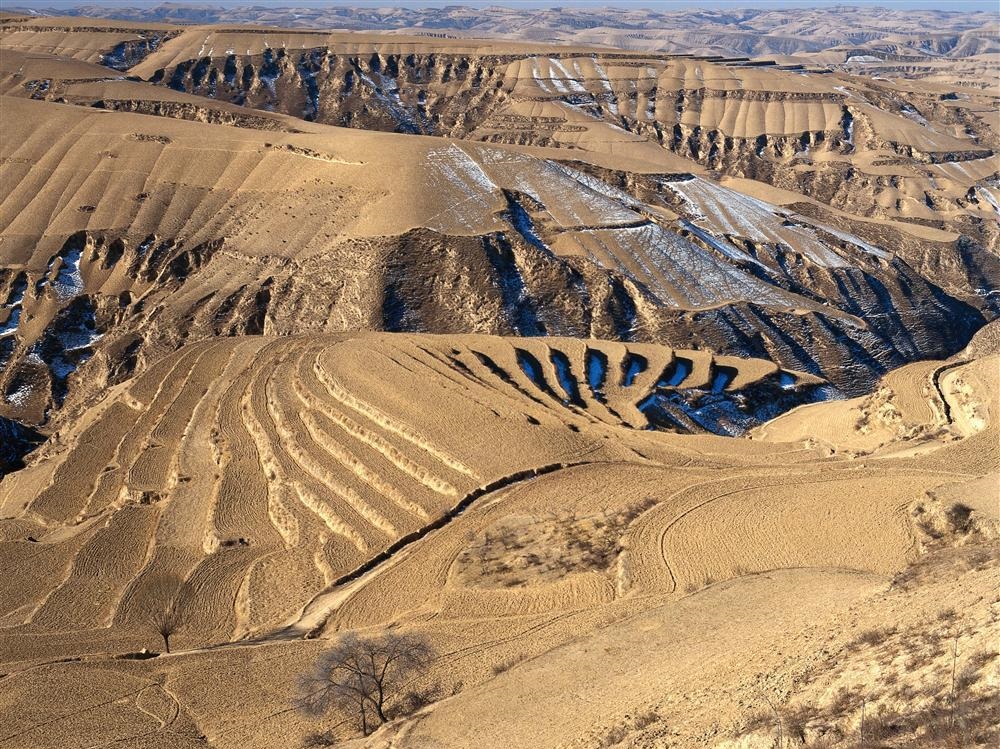
Das Lössplateau, Löss-Hochland (Huangtu gaoyuan 黃土高原) oder Löss-Bergland in Huabei (Nordchina) ist eine Hochlandstufe, die den Übergang vom Nordchinesischen Tiefland zum Hochland der (Inneren) Mongolei im Norden sowie dem Hochland von Tibet im Westen darstellt. Der Südrand wird durch die ebenfalls von Löss geprägten Gebiete im Flusstal des Gelben Flusses sowie dessen wichtigstem Nebenfluss, den Wei He, gebildet, die im Süden von den felsigen Gebirgsketten des Qin Ling überragt werden. Das Lössplateau dehnt sich ungefähr 1000 km ost-westlich und 700 km nord-südlich aus und umfasst weitgehend die Provinzen Shanxi und Shaanxi sowie Teilregionen der Provinzen Hebei, Henan, Gansu, Qinghai und der Inneren Mongolei. Die Lössschichten im Bergland der Provinzen Henan, Shaanxi, Shanxi und Gansu sind bis zu 300 m mächtig.
Traditionell haben die Bewohner dieser Gebiete ihre Behausungen häufig in den Löss hinein gearbeitet. Die Lösswohnungen zeichnen sich durch ein ausgesprochen angenehmes, ausgeglichenes Raumklima aus, das die Temperaturextreme der kalten Winter und heißen Sommer besser abzumildern vermag als moderne Neubauten.
Der Löss ist als äolisches Sediment, das vor allem aus Schluff besteht, ein aus den innerasiatischen Wüsten und Steppen ausgeblasenes Feinmaterial. Der verfestigte Flugstaub ist gelbbraun und äußerst nährstoffreich. Im ostasiatischen Lössbergland finden sich die weltweit mächtigsten Lössablagerungsschichten.
Entlang des Gelben Flusses, der seinen Namen von den mitgeführten Sedimenten hat, steht er in Ablagerungsschichten von bis zu 400 m an. Weltweit verfügt kein Fluss über eine stärkere Sedimentfracht, fast 40 Kilogramm pro Kubikmeter Wasser. Auf Grund der Sedimentation erhöht der Gelbe Fluss sein Bett im Tiefland und muss durch immer höhere Deiche eingedämmt werden. Bei Kaifeng und Zhengzhou liegt der Wasserspiegel bereits zehn Meter über dem Umland.
 Vacation and Travel
Vacation and Travel
 History
History
 Eat and Drink
Eat and Drink
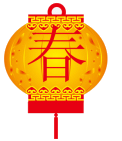 Spring Festival
Spring Festival
 Geography
Geography
 Transport and traffic
Transport and traffic
 Music
Music
 Architecture
Architecture
 Sport
Sport